
Crunch time at COP 29 requires a new deal
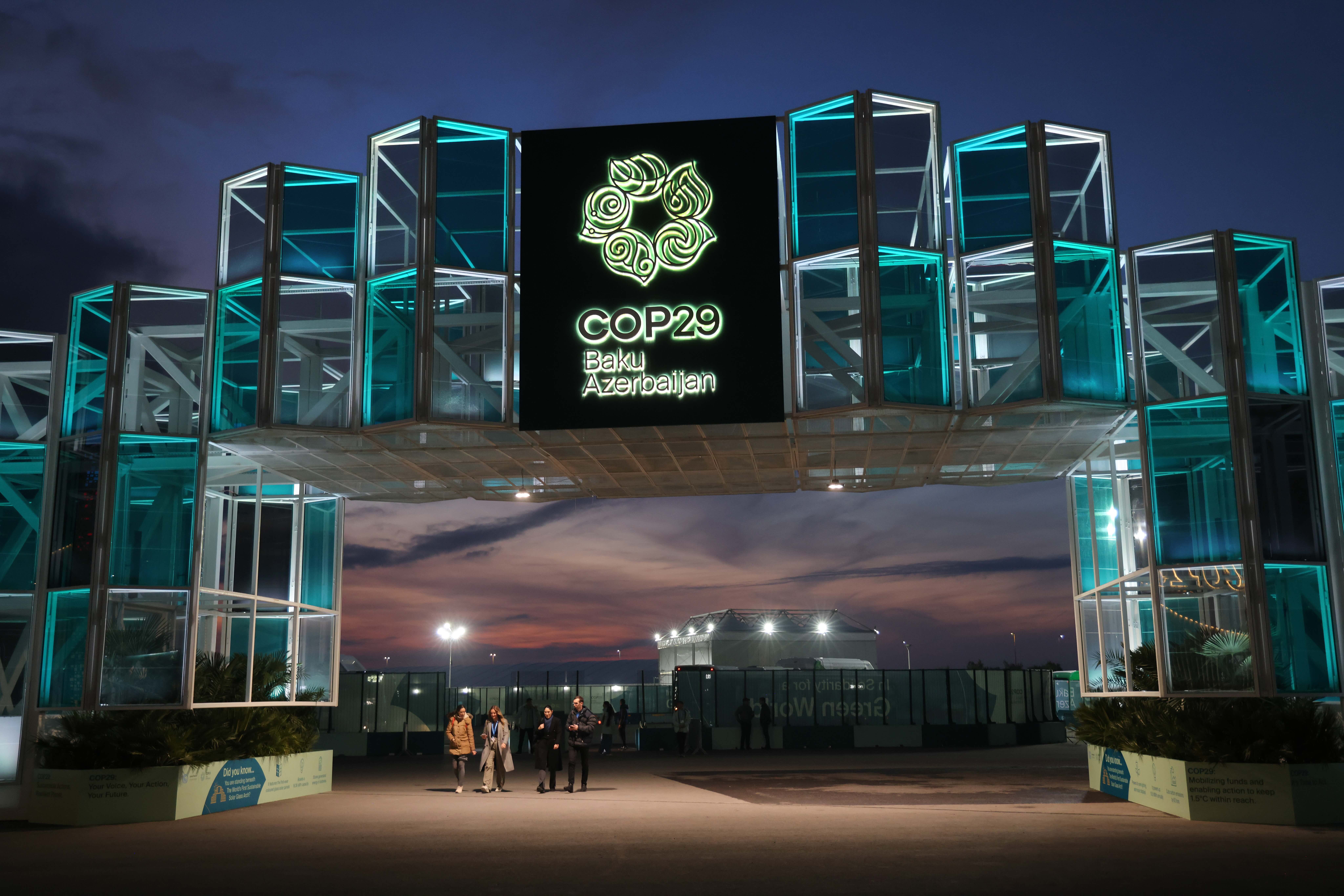
Dubbed the ‘Finance COP’, the 29th meeting of the Conference of the Parties needs to set a positive vision matched with capital and action to meet sustainability goals
Published 12 November 2024
We find ourselves at a point in history which, to channel Charles Dickens, reflects “… the best of times, the worst of times, the age of wisdom, and the age of foolishness, the epoch of belief, and the epoch of incredulity…”.
It is a 21st Century Tale of Two Futures.
One future utilises the best technology and human agency with justice and equity and makes meaningful progress on climate and toward the universal Sustainable Development Goals (SDGs).
This future is grounded in opportunity and resilience.

Another future fails to deal with systemic risks and sees more and more severe weather events that trigger shocks to food and energy systems, fuelling the politics of fear and increasing geopolitical tensions.
The second future compounds economic pressures and deepens hardship in communities, placing stress on our environment and people’s livelihoods.
Climate crunch time
The scientists’ call to action could not be clearer.
Jim Skea, Chair of the Intergovernmental Panel on Climate Change (IPCC) summarised the state of play in the Sunday Telegraph: “Humanity has missed its chance of keeping global warming below 1.5°C and it will take heroic efforts to stay below 2°C this century.”
Recent floods in Spain and hurricanes in the United States are only a sample of this playing out in real-time.

The United Nations called crunch time for climate action in its recent Emissions Gap Report.
It is also crunch time in the political zeitgeist, reinforced by the results of the United States elections and what we’ve seen play out in Europe.
Climate change and the effects of major structural transitions in our energy infrastructure and economies are not experienced evenly across society.
Without focused attention on addressing poverty and inequity, there will continue to be community backlash across wealthy and lower-income countries alike.
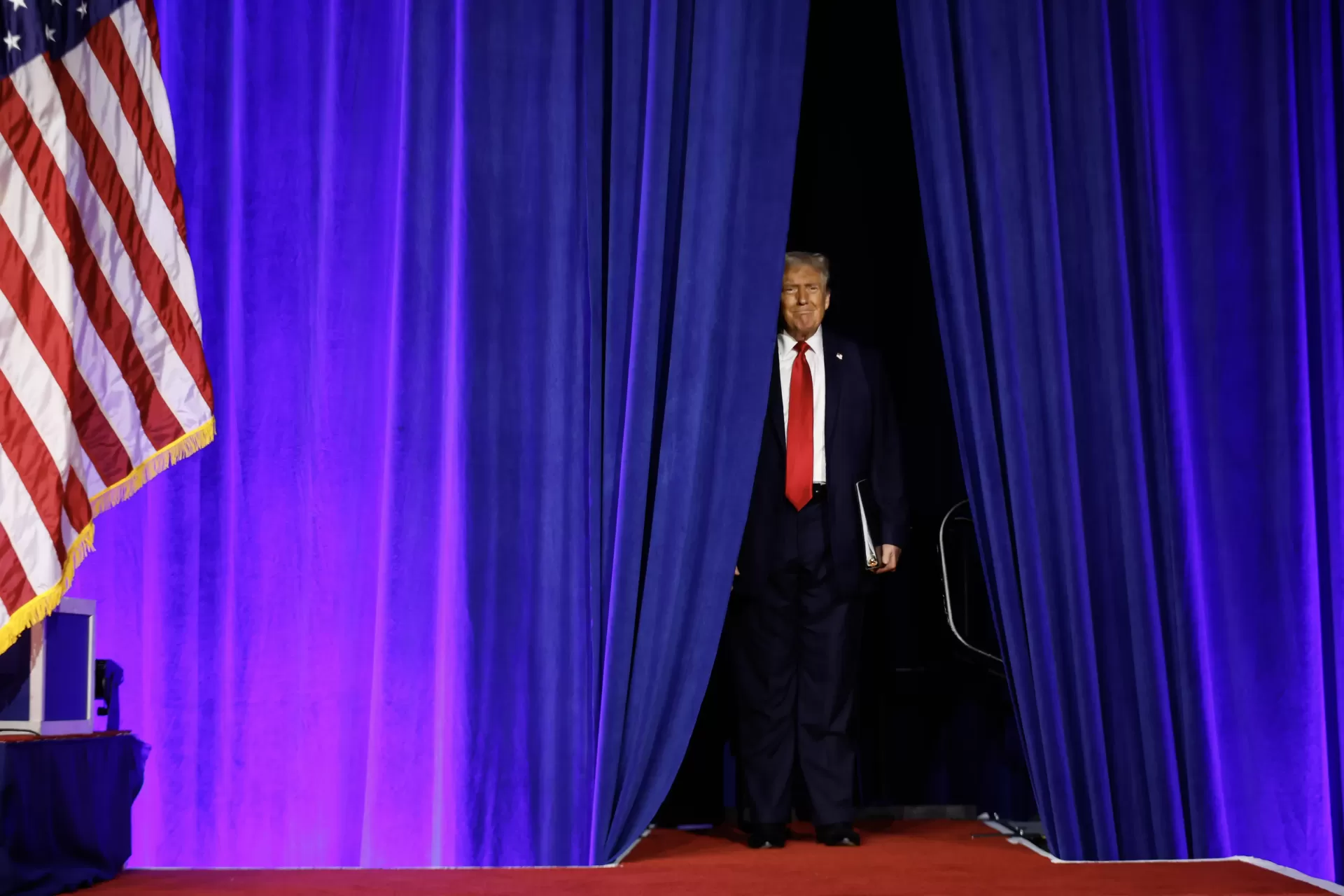
Elected leaders commonly operate within a window of what will be politically acceptable based on the prevailing societal norms. What we need from the Conference of the Parties of the UNFCCC (COP) 29 requires moral courage and transformative leadership.
Now is the time to mobilise resources and action and engage people in a vision for the future that will be better for them and their children. At the end of the day, it’s about quality of life.
The ‘Finance COP’
Baku has been dubbed the ‘finance COP’. This reflects stated priorities to increase commitments for capital to flow from higher to lower income countries to encourage transition away from fossil fuels and implement clean energy solutions.
Capital is critical. Without it, solutions cannot scale and infrastructure cannot be delivered.
However, even the most ambitious commitments will be insufficient unless a) the capital actually flows, b) it’s directed where it is needed on equitable terms and c) outcomes are delivered that improve people’s lives.

Business & Economics
It’s time for boards to get serious about impact
Meeting commitments with action is essential to build trust in negotiating other dimensions of the transition. Action executed with justice and equity is essential to avoid reinforcing systems, structures and approaches that make things worse for people.
It’s time for a new deal. What got us here won’t get us where we need to go.
A new deal takes capital out of the systems creating harm and supports meeting the SDGs. It will require less than the amount in fossil fuel subsidies in 2023 (US$7 trillion) to meet shared goals for sustainable development that meet the needs of people and the planet (estimated at US$5.4 - $6.4 trillion annually to 2030).
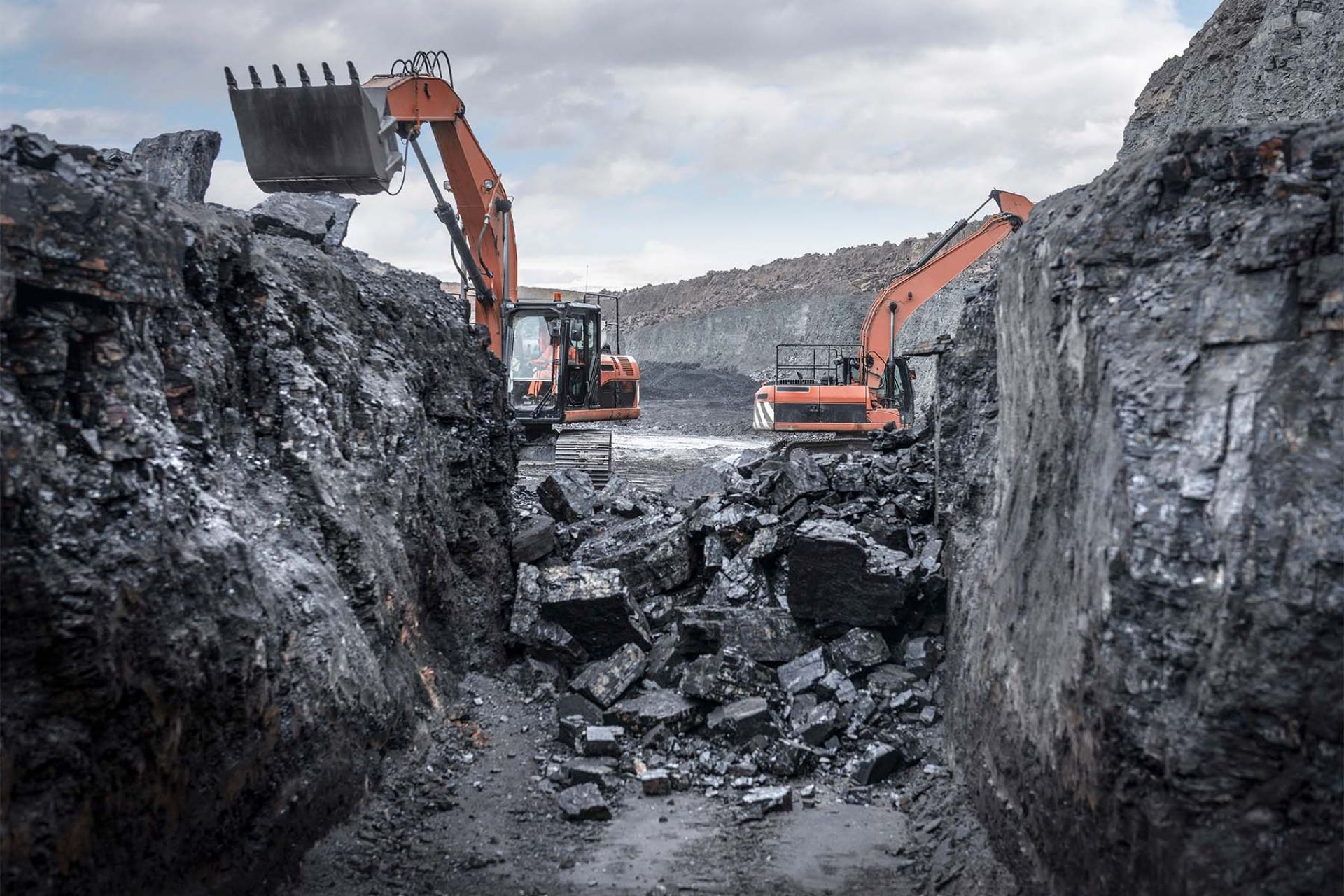
A new deal directs capital in ways that support ongoing development and improved outcomes for countries locked in cycles of poverty and inequity.
It avoids exacerbating debt repayment issues which amplify societal challenges and includes more creative approaches such as debt swaps targeting climate action and nature preservation.
A new deal supports a transition to renewable energy that does not worsen the rolling power outages already being experienced in many countries.
It addresses the current issues for families and communities where blackouts make it almost impossible to preserve fresh food, disrupt essential hospital services and the safekeeping of vaccines and medicines.

Environment
The investor-led push on climate change
A new deal ensures capital for infrastructure and mining rare earth minerals including opportunities for local jobs and better working conditions in markets with weak labour standards. Communities will not support energy transitions where they compound harsh working conditions and fuel child labour and other human rights abuses.
A new deal requires a less binary approach to public and private capital. It includes well-designed, targeted policy and public funds to mobilise more capital and direct it towards better outcomes for people and the planet.
The US$1.1 billion SDG Loan Fund launched in collaboration between AllianzGI and the Dutch Development Finance body FMO last COP is a terrific example of what’s possible.
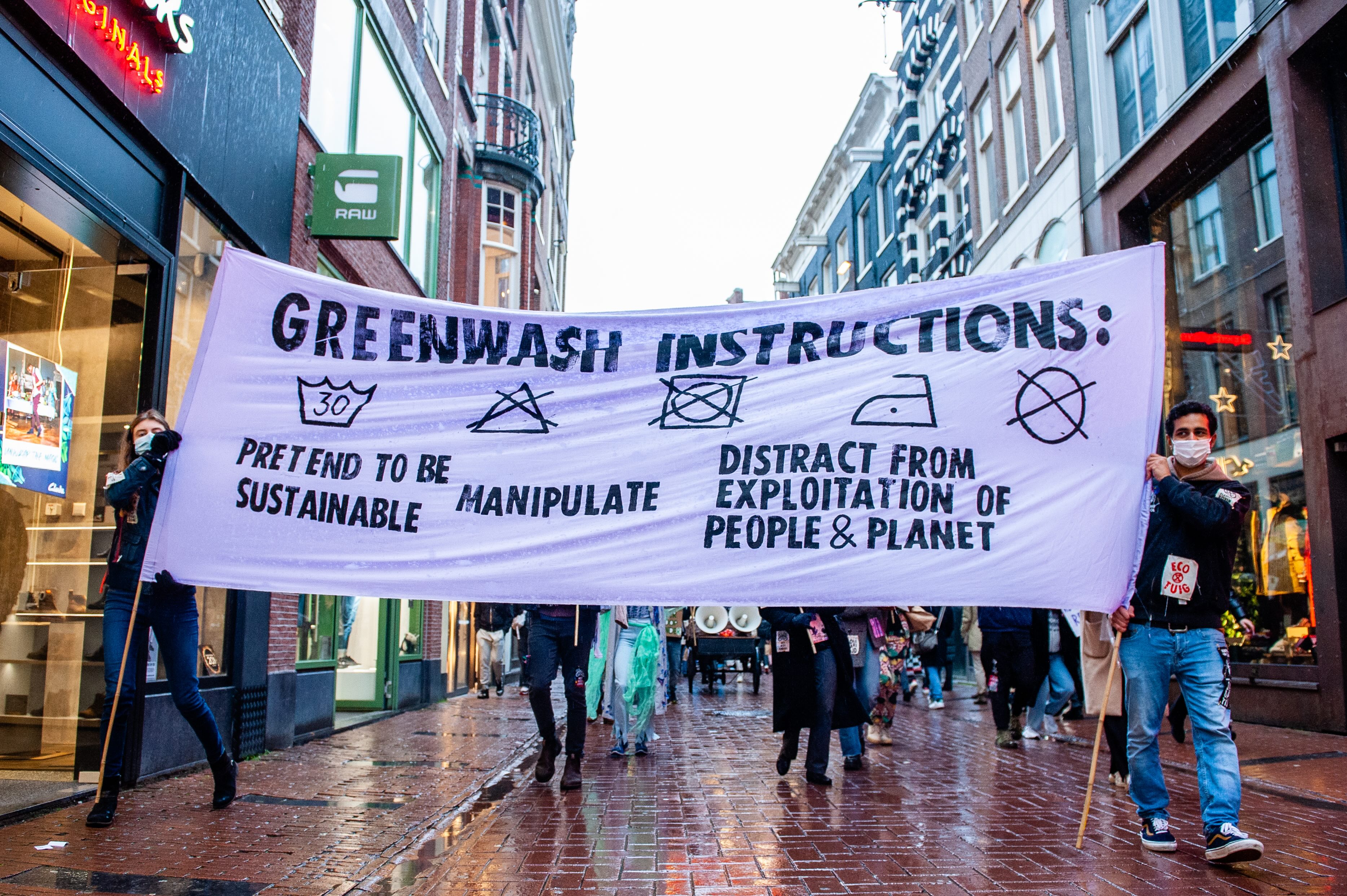
Making impact count
A new deal includes expectations and accountability for countries and other actors to contribute positively to sustainable development.
It will enhance transparency measures on the agenda for COP to strike new bargains that focus on improving outcomes as well as encouraging more activity.
COP29’s stated objectives of ensuring “collective actions to combat climate change are robust, comprehensive and measurable” can be supplemented by expectations around impact.

Business & Economics
Sustainable success for Australian business
A new deal will focus on transparency on what is being done and achieved. It will set expectations of demonstrable progress against credible, quantified plans for transition with clear timelines.
This could use a more complete toolbox to bring focus to net positive impacts for people and planet. Impact-weighted accounting, which takes environmental and social performance to the bottom line, could be required.
That would make clearer to governments and markets who is taking effective action to avoid and reduce harm and contribute solutions for climate change, degradation of nature and the effects people are experiencing – and who is not.
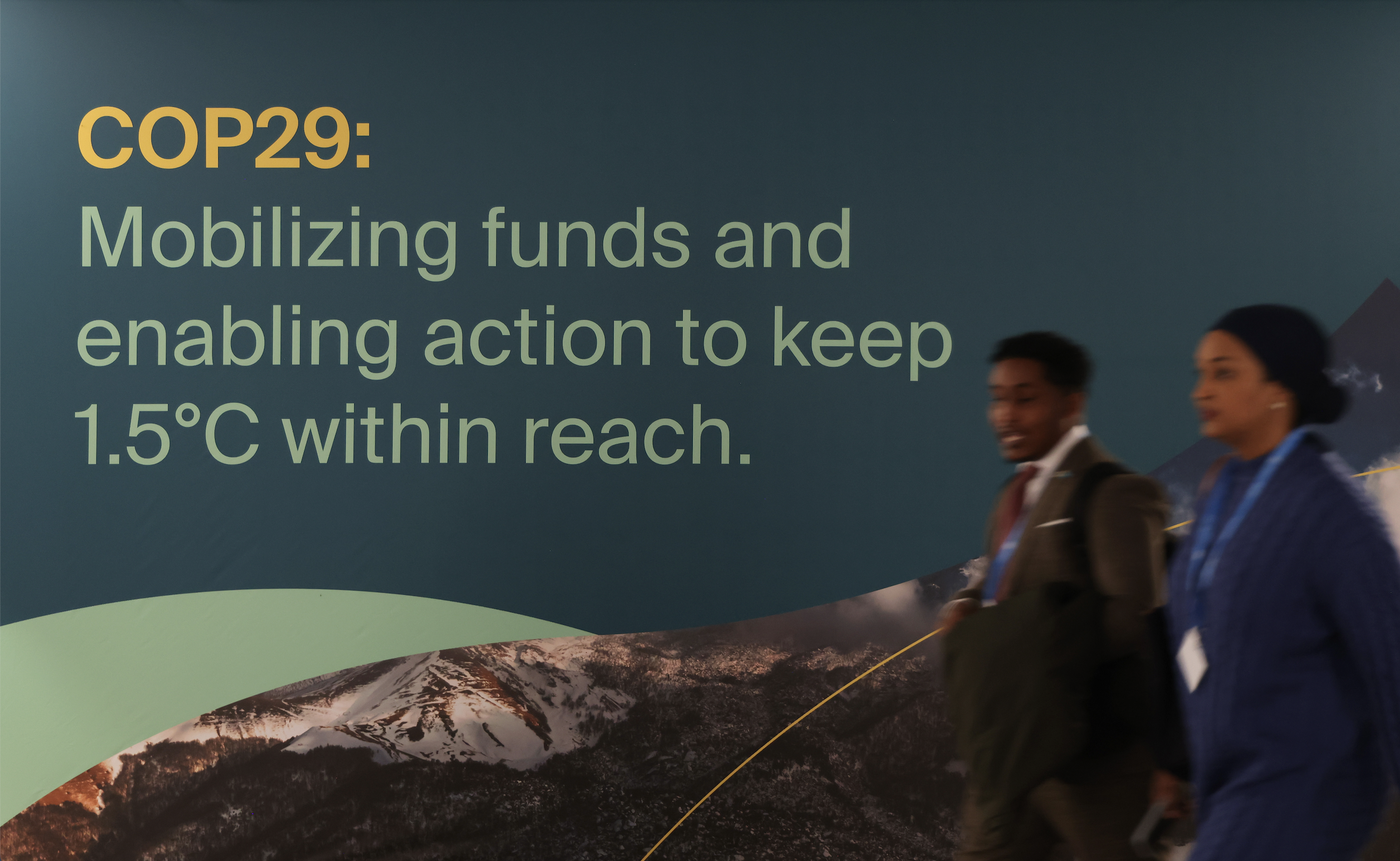
Window for action
This COP now provides a unique window for the stated goals of ambition and action.
If the United States government pulls back from climate action next year, it will slow some things down and increase the friction. A new deal put into motion now can enhance the opportunities to continue to make progress.
Ironically, an example of this comes from the United States itself.
The Inflation Reduction Act is mobilising billions into new projects and jobs, a majority of which is flowing to Republican districts, making it harder to unwind.
A new deal has at its core a positive vision that people can get behind. One that translates the science and needs to hearts and minds, and in which people can see themselves and their future.
Beyond the fear, people need hope, motivation and positive lived experience. When people are supportive, politicians will have an increasingly wider window to act.
